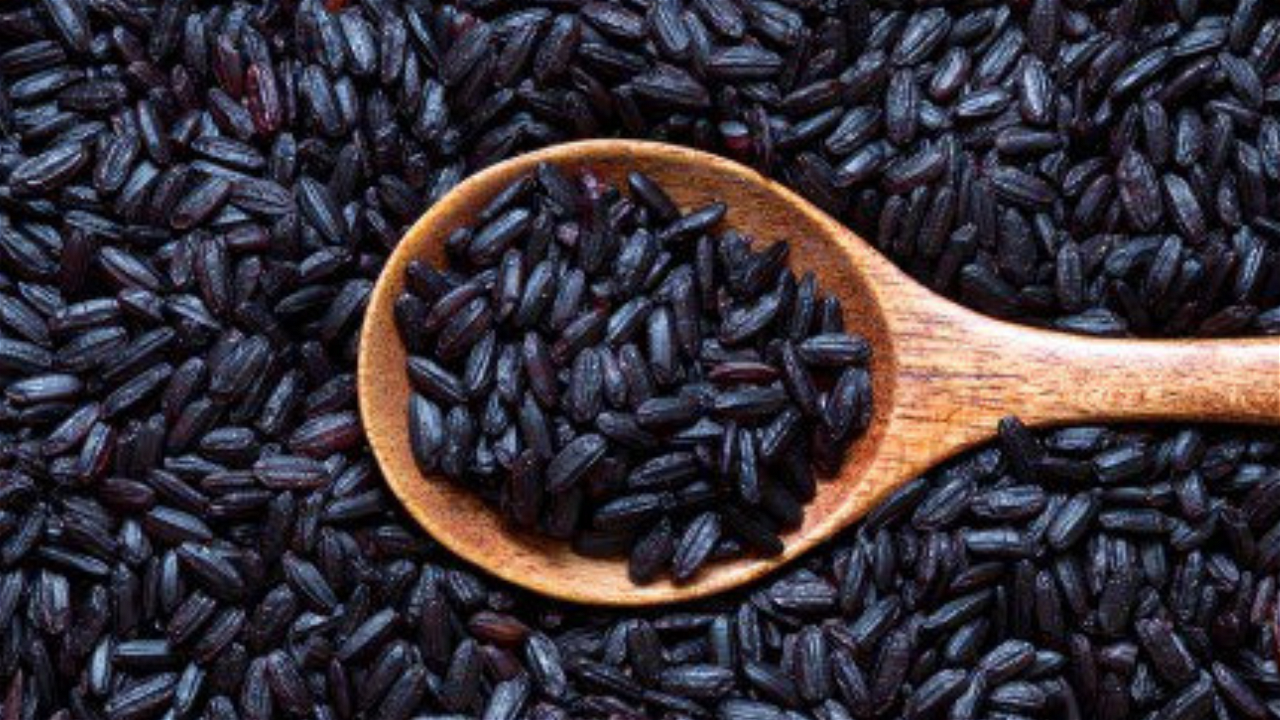
Black rice is one of the most exotic and nutritious rice that has been in the list of trending commodity across India as well as the globe. Moreover, this different coloured rice has brought rays of hope to the Indian farmers. Moreover, we have a bright example of farmers who are engaged in black rice farming and enjoying double profit from agriculture. Today our story will portray the journey of these farmers belonged to Goalpara district, Assam who have opted black rice over the conventional white rice.
What is Black Rice?
Black rice is a range of rice which has a deep black colour and usually turns deep purple when cooked. Its dark purple colour is primarily due to its anthocyanin content, which is higher by weight than that of other coloured grains. It is suitable for creating porridge, dessert, traditional Chinese black rice cake, bread and noodles.
Black rice is known for its high nutritional value and is a source of iron, vitamin E, antioxidants, calcium, magnesium and zinc. Moreover, black rice used to be known as forbidden rice in ancient China. Forbidden not because it looked poisonous because of its black colour, but because of its high nutritional value, which meant it could only be eaten by the emperor and other nobles.
Black rice comes from the species of Oryza sativa, some of which are glutinous rice. Varieties include Indonesian black rice, Philippine balatinaw rice, and Thai jasmine black rice. Black rice is known as chak-hao in Manipur, where desserts made from black rice are served at major feasts.

Inspiring Story of Assam Farmers
As reported, the black rice farming was started by a single farmer about four years ago, later it became fancy and more farmers are turning to it instead of the traditional white rice.
Upendra Rabha, a young farmer from Aamguripara village near Dudhnoi in the district started cultivating black rice in 2011 as an experiment with guidance from the local Krishi Vigyan Kendra (KVK). However, the collaborative experiment turned out to be a grand success in the very first year. Now, more than 200 farmers of the district engaged in black rice farming and getting double profit than the conventional method of farming.
“In 2011, a scientist of KVK, Dr Uttam Kumar Baruah, gave me the seeds of a black rice variety called Oryza Sativa. I planted the sole seedling in a corner of my paddy field, which gave me 15 panicles from which I harvested 150-gram seed in 2011,” Upendra, who harvested about 48 kg of paddy from the 150-gram seeds the next year, told this correspondent.
“The farmers in our area have been cultivating only traditional white rice and they have never heard about black rice. The people of the area did not believe that black rice could change their fate. However, my efforts brought results in 2012 when I could get 48 kg of black rice.
“I took my produce to agri-horticulture fairs organized by the government of Assam and other parts of the state and only then could I realize the huge demand for the black rice,” said a happy Upendra. The next year he cultivated black rice in five bighas of land which resulted in nearly 1,500 kg of paddy.
Assam Govt to Promote Black Rice Farming
As per reports, the Assam government’s agriculture department is now planning to promote the cultivation of organic black rice in larger parts of Assam.
Manoranjan Das, the agriculture officer of the Dudhnoi sub-division, said that what the farmers here are growing is basically the semi-organic variety.
“We are encouraging the farmers to grow organic variety which will further increase the demand. While the non-organic variety of black rice fetches Rs.200 to Rs.250 per kg in foreign countries, the organic variety sells at Rs.500 per kg,” Das said, adding that according to a study by the Louisiana State University, a spoonful of black rice bran contains more health-promoting anthocyanin antioxidants, which are capable of fighting cancer and heart disease.
Source: News Gram
















